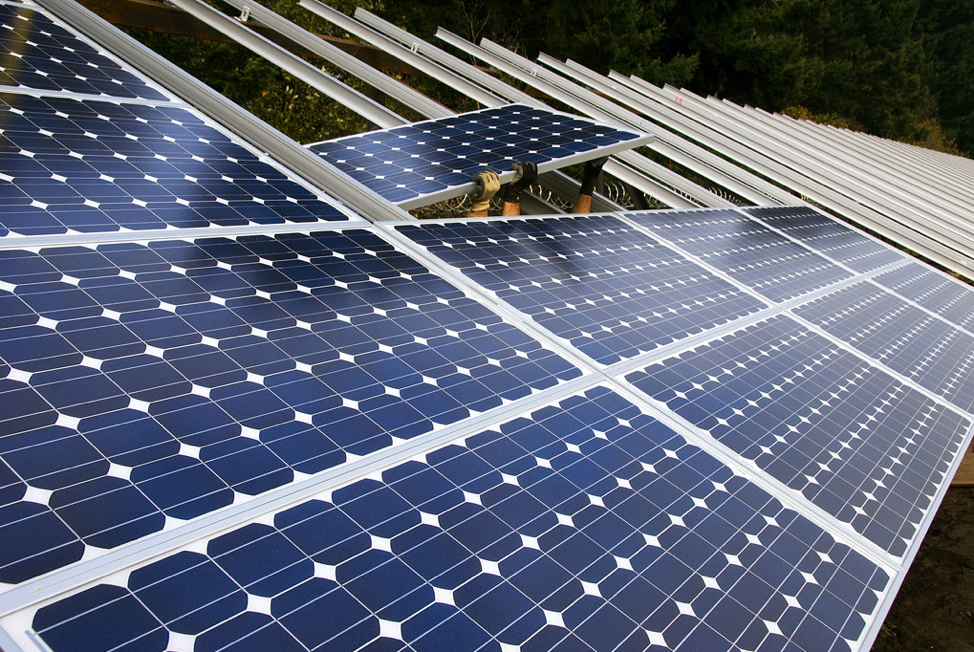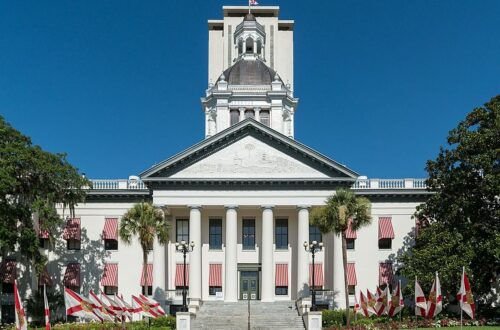Surrounded by water and susceptible to rising seas, yet sluggish to enact climate policy, Florida may see changes in its approach to climate originating with federal policy regarding the Paris Agreement.
On Feb. 19, President Joe Biden signed an executive order to re-enter the United States into the Paris Agreement, the global pact to slow climate change, which former President Donald Trump exited late last year.
The national climate goal is to implement and build upon the Paris Agreement’s three objectives: a safe global temperature, increased climate resilience and financial flows aligned with a path toward lower greenhouse gas emissions.
Although rejoining the Paris Agreement impacts the nation’s environmental and energy policies, the accord is more of a goal than an instruction manual. The agreement emphasizes environmentally friendly technology and financial support from wealthier countries to help developing nations adapt.
The goals of the agreement are global in scale and impact.
Cooperation from state, local and tribal governments is vital in meeting many of the agreement’s aspirations, such as reducing climate pollution across all economic sectors; increasing resilience to the current impacts of climate change; protecting public health; conserving land, water and biodiversity; and stimulating union jobs and economic growth through clean energy technology and infrastructure.
Desired change from these objectives requires cooperation at all levels of government. Currently, Florida follows the federal Clean Air Act and relevant Florida statutes.
The CAA dates back to 1970 with revisions in 1977 and 1990, when the act was amended to establish major permit review requirements to ensure attainment and maintenance of the National Ambient Air Quality Standards and to incorporate a national permits program to make the law more workable and to strengthen enforcement respectively.
Overall, the CAA establishes national air quality standards for certain pollutants including particle pollution, ozone, sulfur dioxide, nitrogen dioxide, carbon monoxide and lead. The federal government may use the CAA as a way to enforce increased emission standards for power plants.
Biden claims he will advise the Environmental Protection Agency and Justice Department to ensure polluters follow federal regulations.
Florida complies with the CAA, but Biden’s goals of meeting the Paris Agreement will require more significant shifts from Florida, particularly in regard to cars and gas-burning power plants.
Biden’s plan aims for an electricity sector free of carbon pollution by 2035, with zero-emission vehicles for government fleets including the United States Postal Service. Moreover, government services will reduce their carbon footprint by replacing traditional vehicles for those with zero carbon emissions.
Oct. 15, 2019, marked the first time in over a decade that the Florida Senate discussed sea level rise, infrastructure during climate change, and the climate-related policies of local governments.
Florida is one of 13 states that does not have specific standards for the amount of energy that comes from renewable sources. Meanwhile, parts of the state, especially south Florida, face the imminent threat of rising sea levels and would benefit from combating the climate crisis.
As stated in the Southeast Florida Regional Compact 2019 Update, sea level rise is predicted to be 10 to 17 inches by 2040 and 21 to 54 inches by 2070. At this rate, the levels would be above the 2000 mean sea level in Key West.
Florida is the third most populous state in the country and was the fourth-largest energy-using state as of 2018.
With the nation’s return to the Paris Agreement, criticism emerged from Republican Sens. Marco Rubio and Rick Scott who claim that it will create job losses and higher energy costs. But improvements in energy efficiency like solar power can lead to growth in new industries, thus creating more jobs.
As the United States officially rejoins the Paris Agreement, Florida will undoubtedly face some environmental and climate policy changes. Participation from state and local governments is key to reach net-zero carbon emissions and to grow the renewable energy sector. Ultimately, by reducing pollution and combatting climate change, the state is saving itself from climbing temperatures, rising sea levels and an increasing number of severe storms.
As the peninsula state lies vulnerable to the effects of climate change, new federal policies foster hope for a clean and safe future.
Featured image: Solar panel installment. Unmodified photo by OregonDOT used under a Creative Commons license (https://bit.ly/3oJld0C).
Check out other recent articles from the Florida Political Review here.





